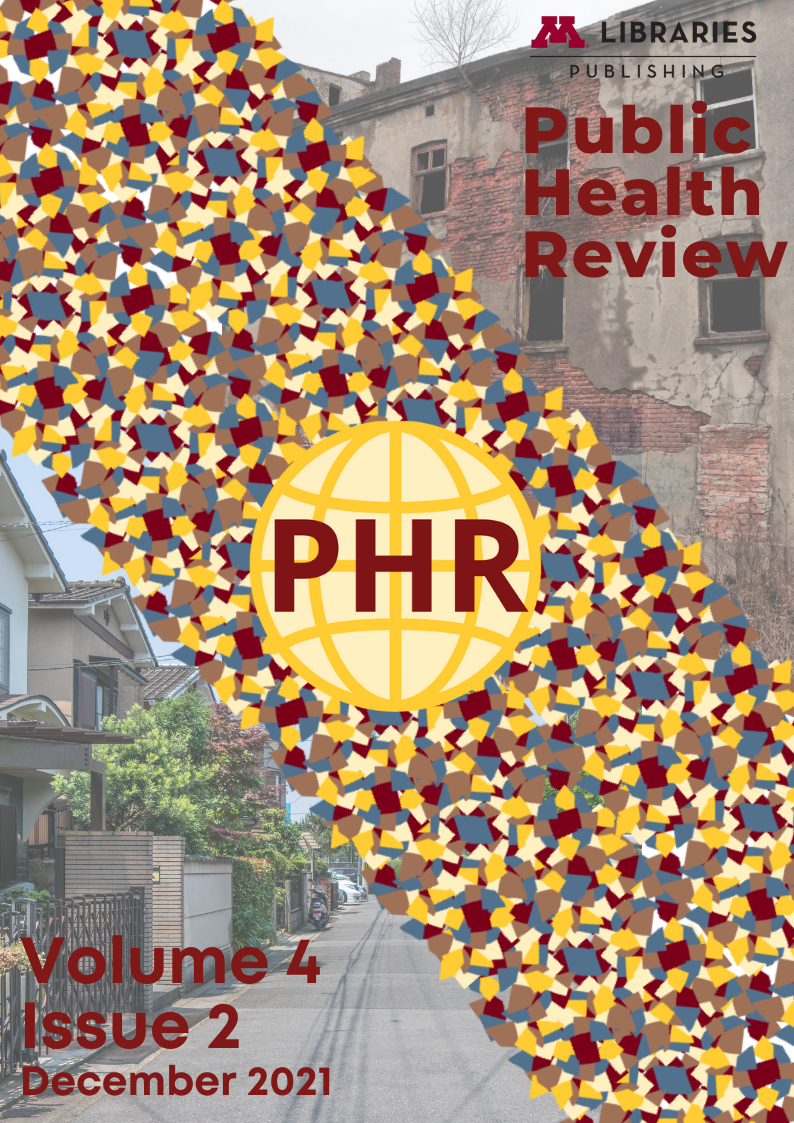Unaccompanied Homelessness Among LGBTQ+ Youth in Minnesota
Examining Protective Mediation by Caring Relationships with Parents and Other Adults
Abby Fink
Abstract
Background: LGBTQ+ adolescents face increased risk of unaccompanied homelessness in the U.S. This study compared the odds of unaccompanied homelessness among LGBTQ+ youth to heterosexual and cisgender youth and assessed the potential protective effects of caring relationships with parents and other adults.
Methods: This cross-sectional analysis used self-reported data from the 2019 Minnesota Student Survey of 54,947 9th and 11th graders. 12-month history of unaccompanied homelessness was dichotomized as yes or no. LGBTQ+ identity was coded LGBTQ+ or heterosexual and cisgender. Caring relationships with parents and other adults was dichotomized as high caring and low caring. Covariates included race, sex, free/reduced-price lunch eligibility, grade, and region. Multivariable logistic regression and mediation analysis were used to regress the odds of unaccompanied homelessness on LGBTQ+ identity and assess potential protective effects of caring relationships with parents and other adults.
Results: The adjusted odds of unaccompanied homelessness among LGBTQ+ youth were 2.41 (95% CI: 1.95, 2.97) times those among heterosexual and cisgender youth (p-value < 0.0001). LGBTQ+ youth had significantly lower odds of homelessness if they reported caring relationships with parents (OR=0.12) or other adults (OR=0.29).
Conclusion: LGBTQ+ youth may be over twice as likely to experience unaccompanied homelessness compared to cisgender and heterosexual youth and caring relationships with parents and other adults may be protective factors. Further research on protective factors for unaccompanied homelessness among LGBTQ+ youth is needed to inform planning, policy, and intervention efforts addressing this persistent public health issue



